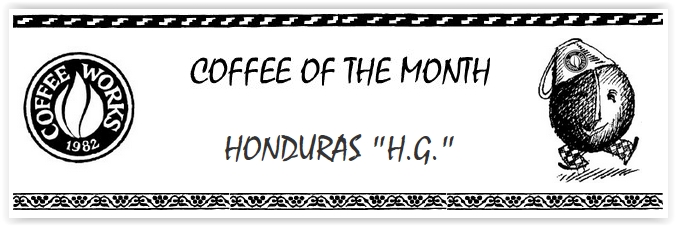
“Smooth and Delicious” Legend
Long ago and far away, coffee seedlings were taken by boat from their native Abysinian highlands (today’s Ethiopia), across the Red Sea and planted in the high arid mountains of the southern Arabian peninsula, in what is now Yemen.
For centuries, Arab and then Ottoman traders enjoyed a monopoly on this magically invigorating plant, and to protect it they enforced a strict ban on export of viable seeds of the mother plant. Not until 1690 were plants successfully smuggled to Ceylon and from there to Java, allowing the Dutch East Indies Company to join in competition for the worlds burgeoning coffee thirst. Today more than 85 countries grow it, and coffee is the world’s number one export commodity by dollar value. Still, some legends linger: the botanical name Coffea Arabica is owed to this passage through Yemen, which was formerly just a mountainous corner of a vast exotic land known to us simply as “Arabia”. Read more

